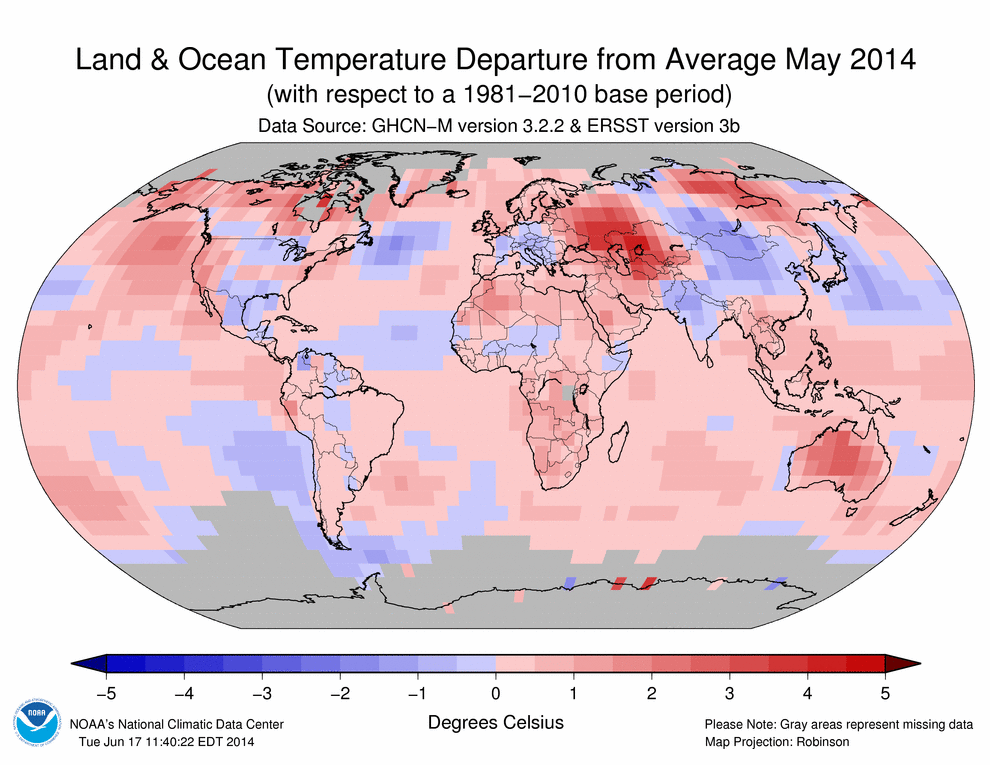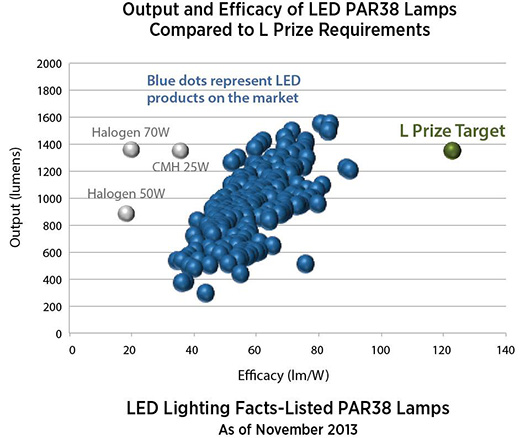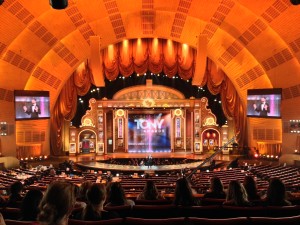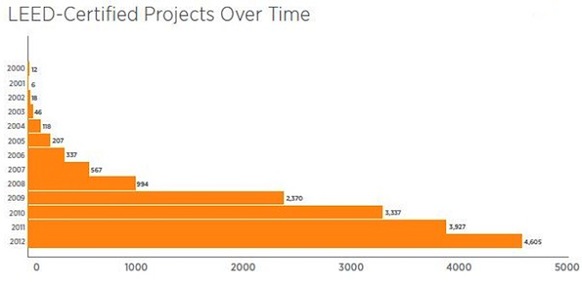Henry Petroski, engineer and author, has a piece in today’s New York Times about declining quality in construction materials and workmanship. He places a lot of the blame on “the industries whose practices favor the use of inferior products and labor that drive modern construction: the developers, lenders, builders and Realtors who, to make quick money, have created a stock of domestic and commercial infrastructure that is a waste of resources and will not last. “ I don’t disagree, but based on my professional experience, and on that of many of my friends and colleagues, I think there’s room for more blame that creates a circular firing line.
First in line are owners who want what they want but are unwilling to pay for it. (I have many colleagues who blame Wal-mart and their ilk for this attitude but I’m not an economist and this isn’t about that). I’ve been involved in too many projects where, as the design progresses and is refined, the cost estimates go up but the budget doesn’t. Nor is the developing design reigned in. Rather, the owner assumes, or is assured, that in competitive bidding the cost will somehow come back down to the original, early estimate. Rarely does the architect push back, which introduces the second problem.
Architects are supposed to be the leader of the design team and the advocate for the client. Entering into the bidding phase of a project knowing that the design has exceeded the budget doesn’t help anyone and creates a hostile environment for everyone once the low bid is accepted and construction begins. Which brings us to villain number three: contractors.
Often, especially in publicly funded projects, I have to produce a three name specification, meaning that for every light fixture I have to specify three that I deem to be equal. If I don’t I’m in breach of my contract. Astonishingly, contractors are not required to supply the products that the design team has specified! The result is that contractors are often in a race to the bottom, submitting bids that are unrealistically low because they’ve made assumptions about what kind of substitutions they can make. They do it because they know that their competition is doing it and the low bid wins. Swap out 100 lights that cost $300 for a $100 model and you’ve just underbid your competition. Now, multiply that by hundreds of items in a building and you’re looking at a huge set of conflicts. You can imagine the screaming that results when, later in the project, the designer rejects the substitution.
“I think this is a decent alternative, and it’s what I can afford.” says the contractor.
“This is nothing like the fixture in the specifications. It won’t do the job and I won’t approve it.” replies the designer.
“Well, it’s what I bid.”
“Well then you didn’t bid on this building. What building did you bid on?”
The solution, as I see it, is stricter contracts with builders. I’d love to see the American Institute for Architects (AIA), the International Association of Lighting Designers (IALD), the International Interior Design Association (IIDA), American Society of Interior Designers (ASID) and others work together to draft model bidding instructions and contracts for owners that set clear limits on substitutions. If the contractor can’t substitute inferior materials we’ve made a HUGE difference in the quality of the building.
I’ve worked with plenty of owners, architects, and builders who aren’t as I’ve just described. However, they aren’t the strong majority. Everyone involved can do better. Owners can accept that sometimes you get what you pay for, and that the lowest bid isn’t necessarily the best bid. Architects can take a stronger stand with their clients to prevent issuing drawings for a $10 million building with an $8 million budget. Contractors can construct the building shown in the drawings, not a cheaper alternative. Contractors and unions have no reason to change, and owners don’t have a real organization that can play a role. It’s entirely possible, but I think that the design organizations will have to lead the way.




